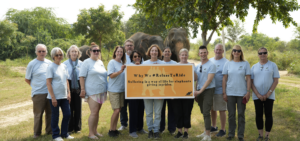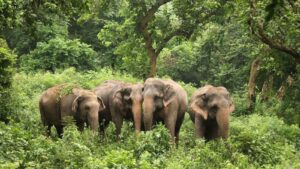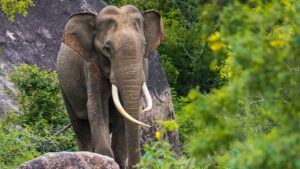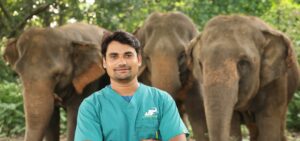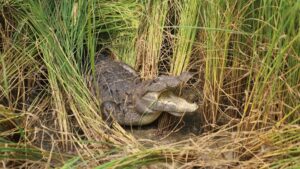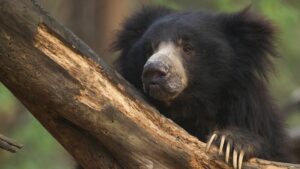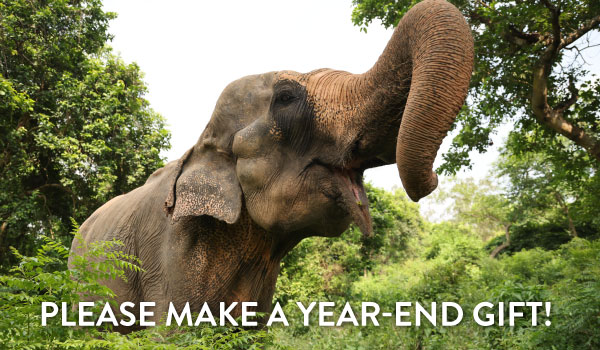Around the world, rapid growth and urbanisation continue to push wildlife and ecosystems to the edge. In response, many large corporations are turning to carbon credits as a way to offset the damage they cause. A carbon credit works like a permit that allows a company to emit a certain amount of greenhouse gases. If they emit less, they can sell their extra credits, and if they emit more, they have to buy credits to make up for it. Some companies even set up entire subsidiaries to manage these credits. While such measures may help them balance numbers on a ledger, they do little to heal the landscapes that have been stripped of their natural richness.
At Wildlife SOS, we believe real change comes from restoring the habitats once populous with the wild. Through plantation drives in areas like Tatrauta in Uttar Pradesh and the Ramdurga Valley in Karnataka, we are bringing native greenery back, which in turn are creating conditions for wildlife to return and remain. These efforts are about rebuilding ecosystems that sustain life in its many forms.

At Tatrauta, a small village near our Elephant Conservation and Care Centre (ECCC) in Mathura, the landscape has been gradually transformed by dedicated reforestation work. In 2024–25 alone, 81,240 saplings were planted at Tatrauta, in addition to 500 saplings within the Elephant Conservation and Care Centre and 3,380 within the Elephant Hospital Campus. The species planted here include lemon, anar (pomegranate), jackfruit, harsingar (coral jasmine), sagwan (teak), starfruit, amaltash (golden shower tree), bottle brush, anjeer (fig), lagestonia, mahua (butter tree), kinoo, gamali (white teak), plass (flame of the forest), musambi (sweet lime), jungal jalebi (Madras thorn) and sugar apple. Every sapling planted strengthens ecosystems, creating habitats that support biodiversity and sustain the natural balance.
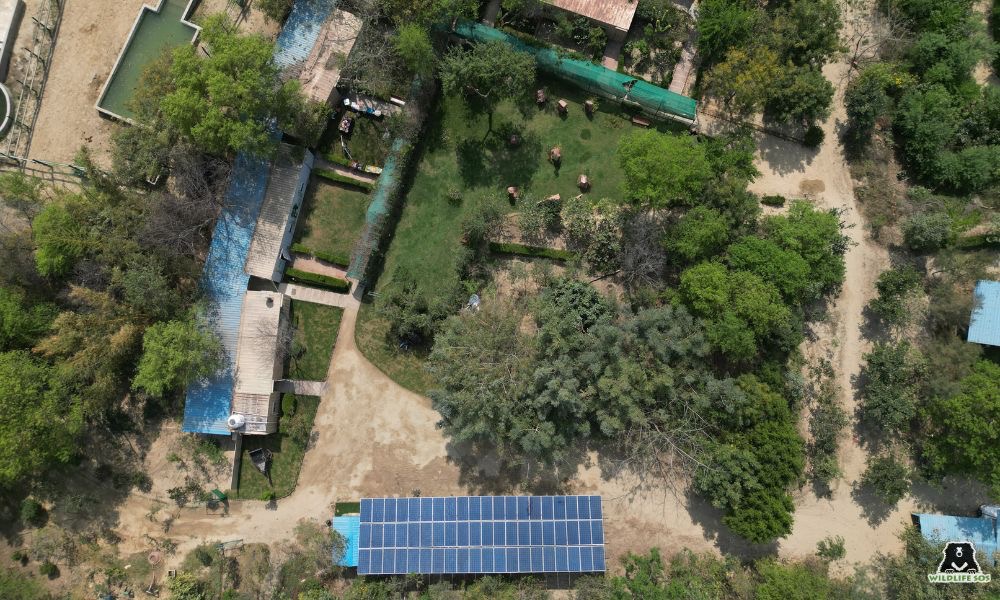
Not only have we planted trees in these areas, but at ECCC we have also built a sustainable system that supports the diet of its residents. The fodder for our rescued elephants is cultivated through organic farming, ensuring they receive fresh and nutritious meals every day. Alongside, we grow vegetables and grains for the dedicated caregivers and staff who work tirelessly at the centre. To further reduce our ecological footprint, we have also installed solar panels that allow us to generate electricity in a responsible, eco-friendly manner. This integration of plantation, organic farming, and renewable energy ensures that the land is not just restored, but becomes a steady source of food supply for both wildlife and people at our Agra and Mathura facilities.
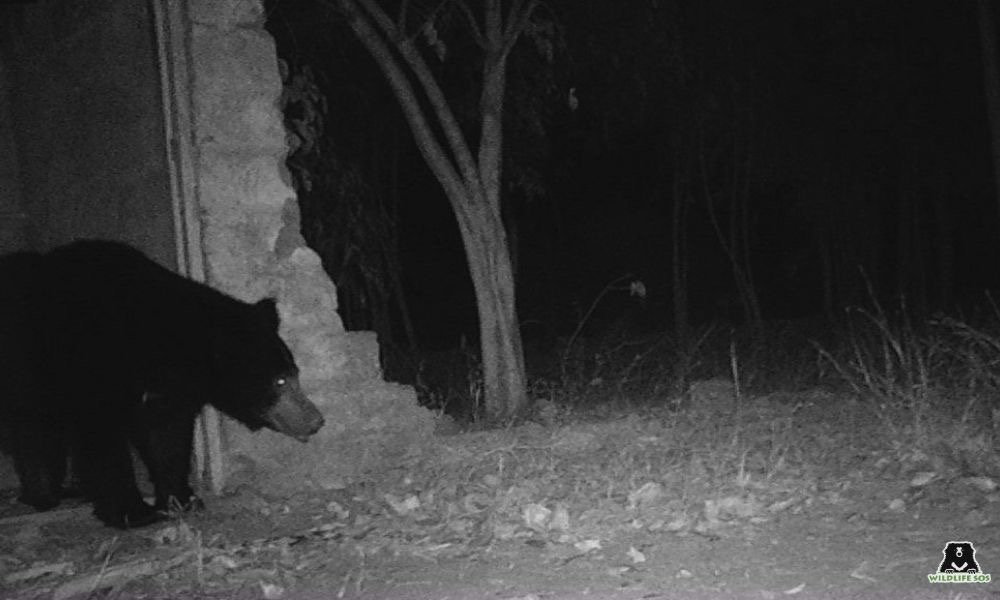
The work in Tatrauta mirrors the transformation we have witnessed in the Ramdurga Valley of Karnataka. Once degraded and stripped of its natural vegetation, the valley was losing its native wildlife, and the silence of its forests was becoming more pronounced. Through years of dedicated plantation drives and habitat restoration, the valley has been successfully revived. Native species of trees were carefully chosen and 10,000 saplings were laid to rebuild the land to benefit both the soil and the creatures that call it home. Today, Ramdurga is alive again, echoing with the calls of birds. The habitat now allows for stealthy movements of leopards that have returned to reclaim their ancestral range. Sloth bears that had once vanished, have now regained a safe habitat to bring up their young.
One of the most encouraging signs of this revival has been the return of the yellow-throated bulbul, a bird dependent solely on rocky scrub forests. Its gentle whistles can once again be heard across the slopes of Ramdurga Valley, reminding us that when the land heals, wildlife follows. This return of this species, which was endemic to this area but had disappeared, is the truest testament to the success of restoration efforts, capturing the magic of a valley coming back to life.
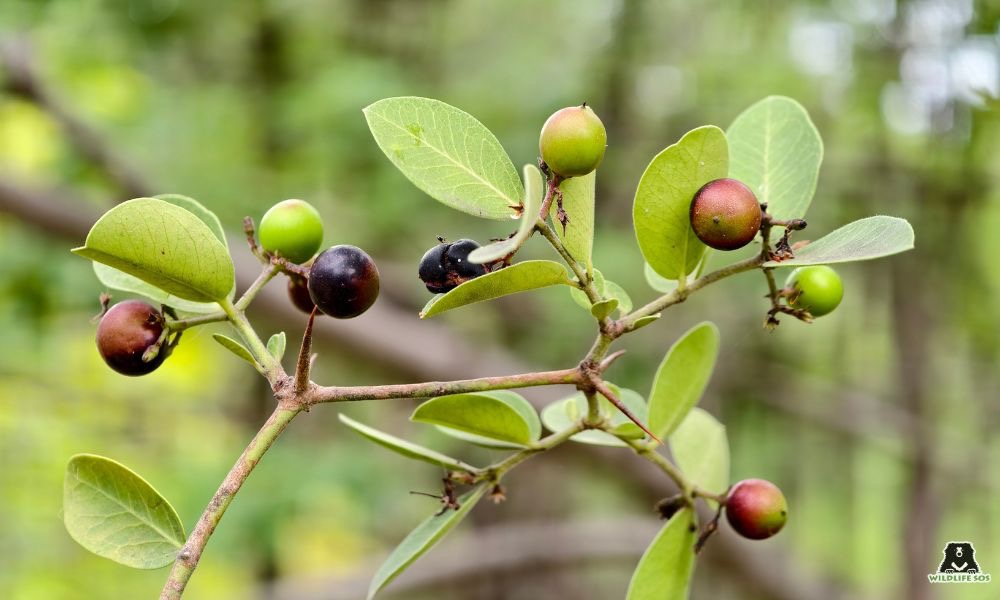
These stories from Tatrauta and Ramdurga show how reforestation is not just about planting saplings in the soil, but about sowing the seeds of coexistence, resilience, and renewal as well. When barren landscapes are given the chance to breathe again, they invite wildlife and create a healthier environment for future generations. Wildlife SOS continues to expand these efforts, knowing that every tree planted is a promise for cleaner air, stronger soil, safer habitats, and thriving biodiversity.
In a world racing against climate change and biodiversity loss, the work at these sites is proof that patient, persistent restoration can heal even the most damaged lands. Through tree planting and sustainable living practices, we are shaping a form of conservation that protects wildlife while fostering environments where humans and animals can coexist and flourish.
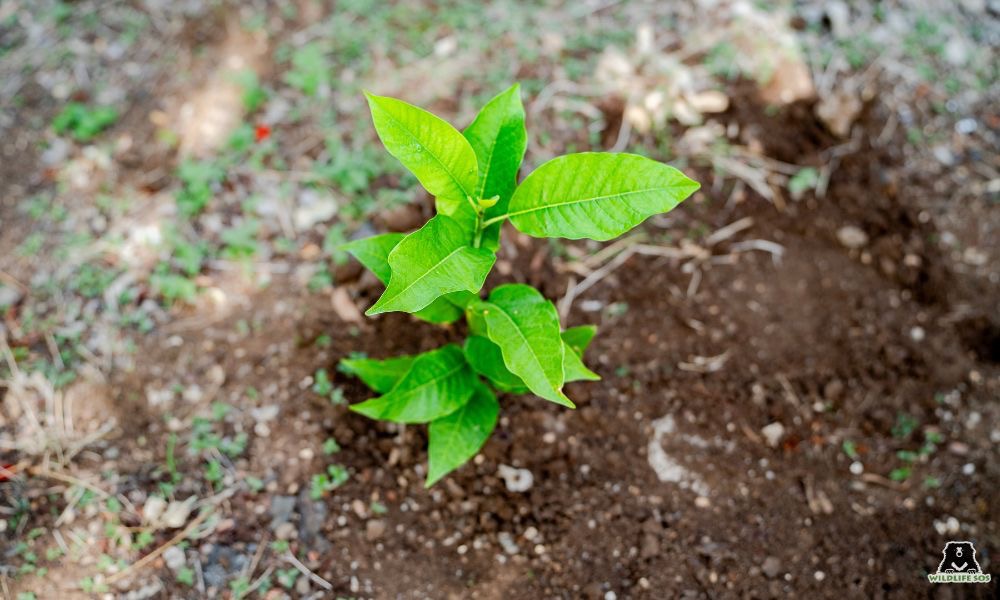
Through our Rewild for Wildlife project, we are restoring habitats and giving rescued wildlife a second chance to thrive in the wild. By supporting this initiative, you can help rebuild ecosystems, protect endangered species, and create a future where humans and wildlife coexist. Together, we can turn every action into lasting impact. To become a part of this transformational journey, you can support our habitat restoration initiative by making a donation.
Feature Image: [Photo © Wildlife SOS]

